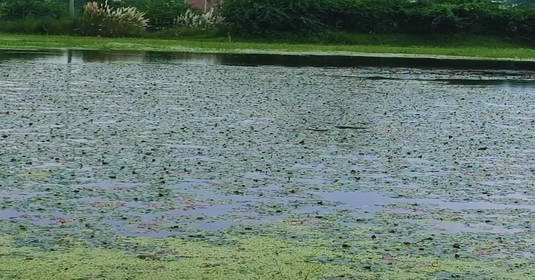This crop growing in water can make you a millionaire, you just have to take care of these things
New Delhi: Water chestnut, also known as water chestnut, is not only a boon for our health, but it has also become a source of good income for the farmers. This special crop grown in water, with proper care and modern techniques, gives excellent yields and profits to the farmers. If farmers keep some important things in mind while cultivating water chestnut, they can not only produce high quality produce but can also increase their income manifold.
Water chestnut crop is grown in water, hence it is very important to maintain the correct water level. According to experts, the depth of water should be 2-3 feet, so that the plants can get proper nutrition. Apart from this, the surface of the water should be clean and clear. Water quality directly affects crop yield and quality. For water chestnut cultivation, use of cow dung and organic manure is more beneficial instead of chemical fertilizers.
For better crop yield, balanced use of fertilizers like phosphorus and potash should be done. The right amount of these nutrients strengthens the roots of the plants and ensures better fruiting. It is mandatory to inspect the water chestnut crop regularly to protect it from pests and diseases. Farmers should use organic pesticides, so that the crop can be kept healthy without any chemical effect. Organic pesticides not only protect the crop, but are also safe for the environment, keeping the crop more natural and pure.
It is very important to harvest the water chestnut crop at the right time. When the water chestnut becomes dark in color and its skin becomes a little hard, only then should it be harvested. Early harvesting can keep the size of the crop small, whereas late harvesting can affect its quality. It is also very important to make proper arrangements for drainage in the water chestnut crop. If there is accumulation of water in the fields, the crop may be affected. Along with this, the crop area should be kept clean and pest-free, so that the outbreak of diseases is reduced and the crop remains healthy.


Comments are closed.